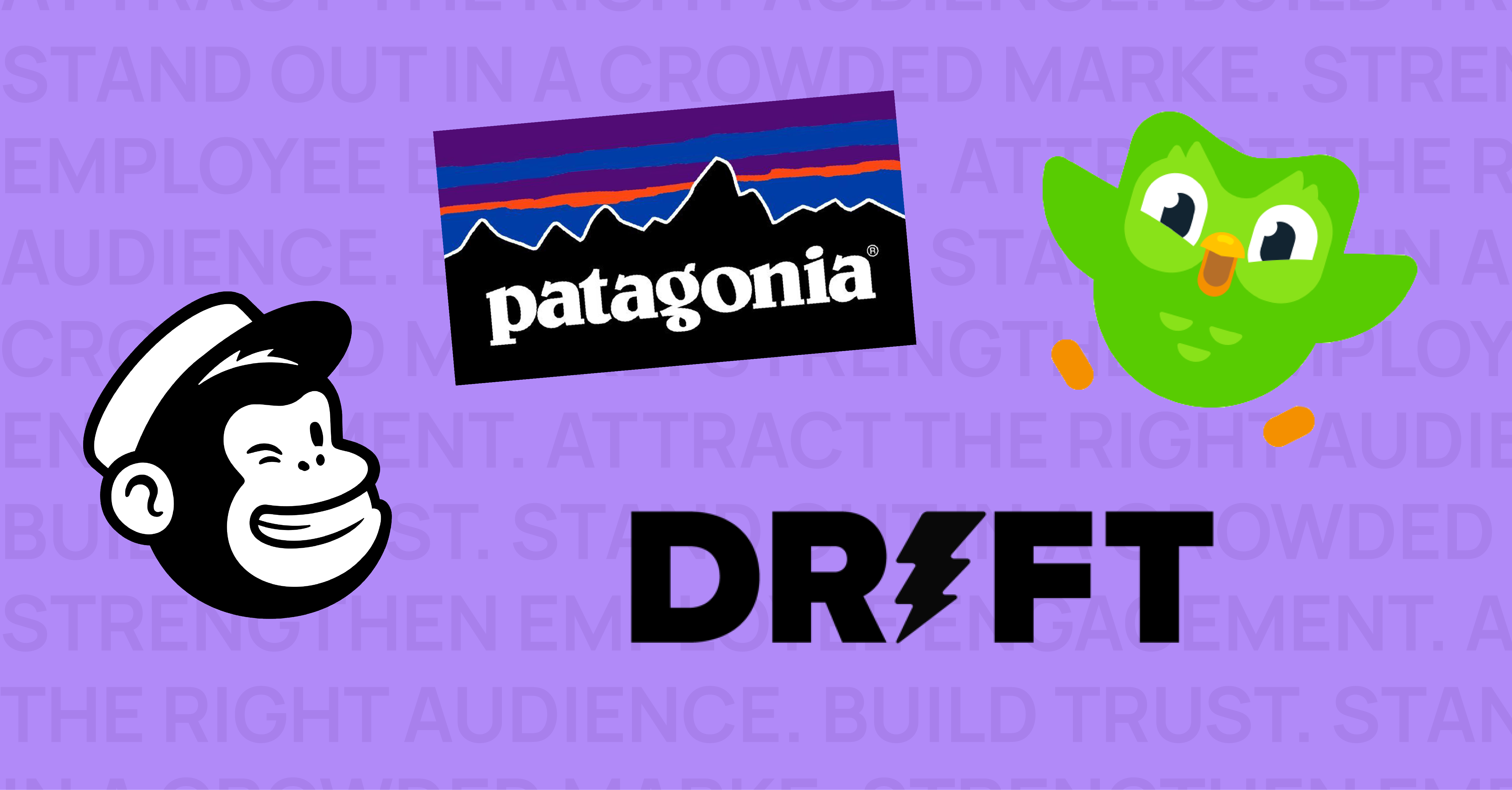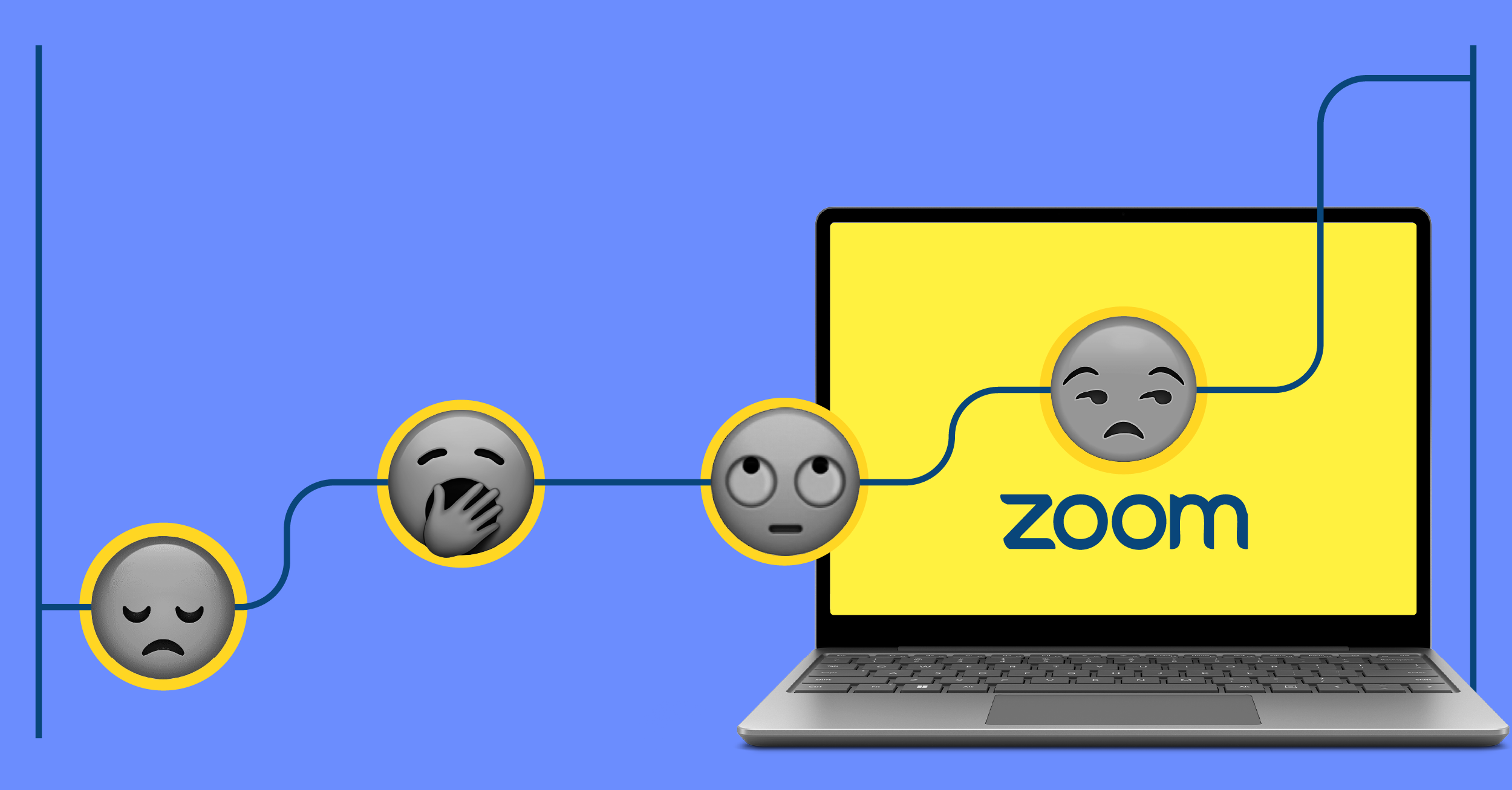Cher. Madonna. Prince. Elvis. Taylor.
Yup, Taylor Swift has joined the rarefied air of the first-name-only music elites. She’s even earned her own Slack channel at Hencove – shhh, don’t tell Daniel, he hasn’t been invited.
With more than 100 million monthly Spotify listeners and her North American tour generating $2.2 billion – not to mention the global tour she’s currently on – it’s clear that Swift’s economic and cultural influence is otherworldly. She has also created a loyal fan base that holds massive buying power.
Last fall, when Swift confirmed rumors that she was in a relationship with Kansas City Chiefs tight end, Travis Kelce, it was no surprise to hear that the NFL was jumping on the Swiftie bandwagon. However, the magnitude of her impact was hard to imagine. Since the power couple went public, Kelce’s jersey sales have skyrocketed 400%. Meanwhile, Swift is estimated to have influenced 16% of all US shoppers (53 million) to spend money on football and is projected to have generated more than $331.5 million for the NFL.
Like most of the world, I had questions. What does this say about our society’s obsession with celebrities? How does fame translate to influence? If the NFL can leverage the power of Taylor Swift in just a few seconds of airtime, what does this mean for marketing? But, given time constraints – keeping up with the Swiftie Slack channel is time consuming – I’ve decided to stick with exploring the latter.
Lesson 1: Look Out for the Blank Spaces in Your Audience Segments
While we all know that women watch football, neither the NFL nor the public has historically appreciated the breadth and depth of the NFL’s female fan base. From the narrow range of women’s merchandise to advertisements featuring significantly more men than women, the NFL has traditionally targeted male audiences in its marketing – regardless of the fact that men hold only a slight margin of majority in viewership (54%-to-46%). Audience segmentation and targeting isn’t necessarily a bad thing; it’s effective (and recommended) to cater content to your primary audience. But if you pigeonhole yourself to only one key audience segment, you might be missing out on opportunities to reach new markets.
After noticing a breakthrough demographic stemming from Swift’s fan base, the NFL did something rather unexpected. Despite anticipating a negative response from its primary audience, it was quick to embrace this new demographic rather than ignore it. Highlighted by updating its social media with bold Swift references to spotlighting her attendance at every game, the NFL recognized the potential of this new market and catered to it. And it worked. In the season’s final few weeks, the NFL’s viewership among girls age 12 to 17 increased by 53% and the regular season noted record numbers in female viewership. So yes, while distancing itself from its target market might have been a risky marketing move, the NFL showed us that some risks are worth taking.
Lesson 2: Never Let Your Marketing Go Out of Style
Capitalizing on timeliness and relevance has always been a staple value of effective marketing, but the power of timeliness and relevance has been magnified by the Taylor Swift–NFL craze. Named Time’s person of the year in 2023, there’s nobody more current than Ms. Swift, and the NFL recognized that. But trends can seemingly come and go in the blink of an eye, so it’s important to act on them. The NFL is quick to leverage Swiftie culture when it can. After a Chiefs win on October 1st, the NFL updated its Instagram bio to reflect Kansas City’s new record in an unconventional way: “chiefs are 2-0 as swifties.” And it has often found a way to utilize photos of Swift after her game attendances, even changing its X cover image with a collage of her cheering. So, when it comes to taking advantage of Swift’s cultural relevance, it’s safe to say that the NFL is tuned in.
But don’t worry, you can get in on the fun too. The NFL isn’t the only organization that’s drawing on Swift’s marketability — it’s everywhere. Incorporating current trends and events into your marketing can make individuals feel heard. For example, after the Chiefs won the AFC Championship and were officially headed to Super Bowl LVII in Las Vegas, American Airlines made a genius marketing move and named its Super Bowl flight numbers after the NFL’s favorite lovebirds. The flight from Kansas City to Las Vegas was named AA 1989, a reference to Swift’s birth year (common knowledge among Swifties) and the flight back to Kansas City was named AA 87, an ode to Kelce’s jersey number. Not only was this a unique value proposition for fans searching for flights, but it gained massive media attention for its creativity.
Lesson 3: Finding the Right Partnership Might Make You a PR Mastermind
While the NFL may not have had anything to do with the couple’s introduction, its abundance of Travis-and-Taylor-oriented content has inadvertently promoted the relationship. As this unexpected duo joined forces, so did their networks, opening them both up to unique public relations and financial opportunities. Since her first game attendance, Swift has received significant publicity, furthering her popularity just in time to announce her next album. Since the start of their relationship, Kelce has gained more than three million Instagram followers and their relationship has projected to have earned him as much as $10 million in off-field earnings.
As you brainstorm potential thought leaders and influencers to collaborate with, don’t be afraid to step outside the box. Partnerships should align with your mission and messaging, but it might be advantageous to also think about who’s audience could not only strengthen your target market but strategically expand it.
Lesson 4 (From the Vault): Keep Your Eyes Open
Although this isn’t the first time the NFL has proven its marketing force (cough, cough, Super Bowl ads, cough, cough), it is the first time Swift has been involved and therefore demanded my attention, which sort of speaks to the whole point of audience expansion in the first place.
And from this experience, I’ve learned a fourth lesson: good marketing is everywhere. So, whether it’s the next time you turn on the TV or during your weekly grocery store visit, I urge you to seek out your own marketing lessons. Creativity is an unlimited resource, so let’s put it to use.



